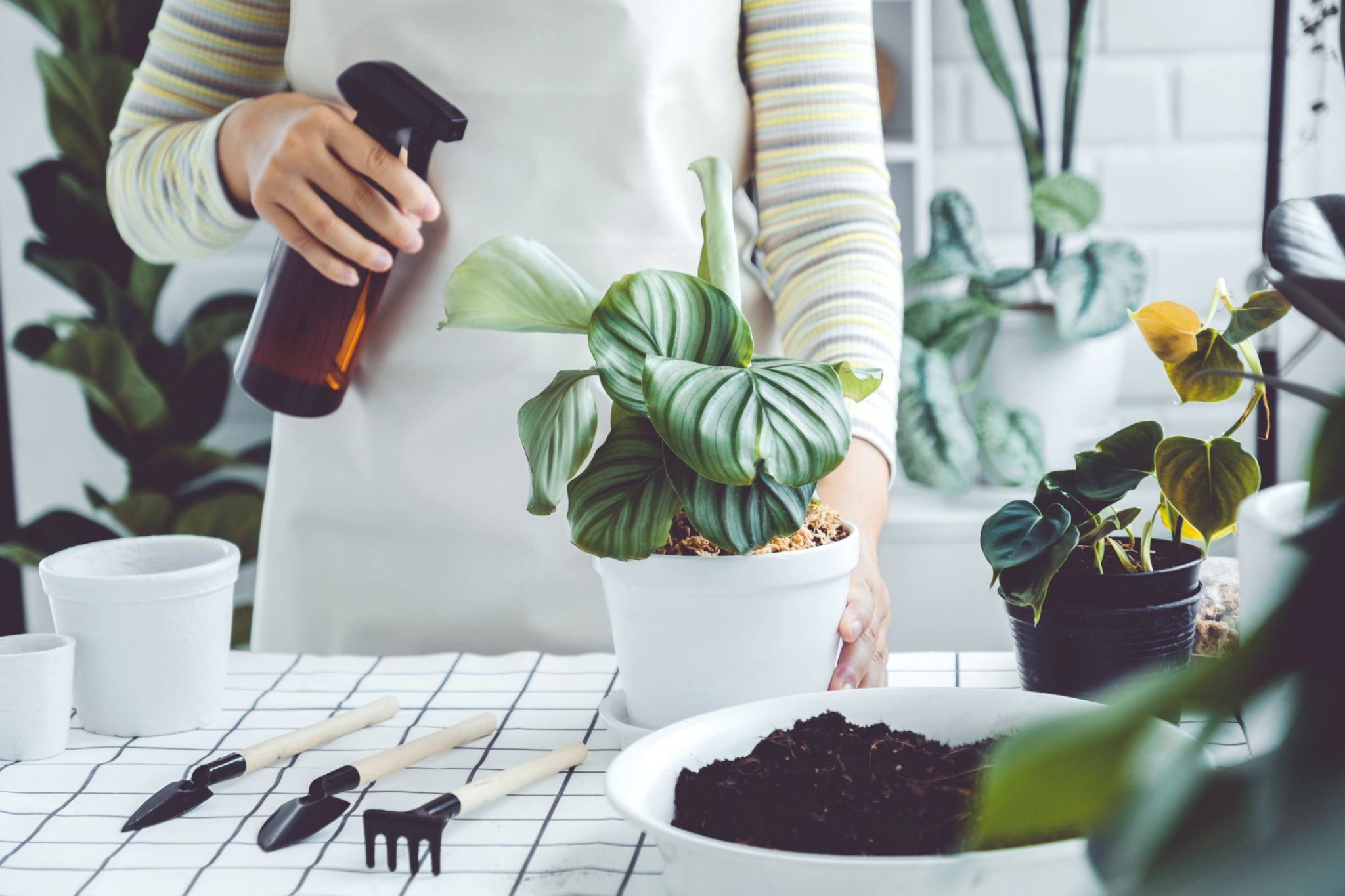How to Choose the Right Size of Office Plants for Your Workspace
Understanding Your Space Requirements
Choosing the right size of office plants begins with understanding your workspace. Consider the dimensions of your office and the available areas where plants could be placed. Large, open spaces might benefit from tall plants or even small trees, while smaller offices might require more compact solutions. Don't forget to account for the growth potential of the plants you choose; what fits today might become overwhelming in just a year.
To determine the best spots for your plants, examine your office layout and identify areas that could use a touch of greenery. Corners, desks, and window sills are often excellent places to start. Remember that plants need adequate light, so consider the natural light available in your office when making your choices.

Considering Plant Types and Growth
Not all plants are created equal, especially when it comes to size and growth. Some plants, like succulents or small ferns, remain relatively small and are perfect for desktops or shelves. Conversely, larger plants such as fiddle leaf figs or palms can grow significantly and may require more space as they mature.
Researching the growth habits of different plant species can help you make informed decisions. If you have limited space but still want a statement piece, opt for plants that grow vertically rather than horizontally. This way, you can enjoy lush greenery without compromising your workspace.

Matching Plant Size with Office Furniture
Another critical factor in choosing the right size of office plants is how they complement your existing furniture. Plants should enhance the aesthetics of your workspace rather than clash with it. For instance, a large plant might overshadow a small desk, while a tiny plant might look insignificant on a large conference table.
Consider the height and style of your furniture when selecting plant sizes. Tall plants work well near low seating areas or beside bookshelves, creating visual interest without overwhelming the space. Smaller plants are ideal for desktops, adding a touch of nature without distracting from work.

The Role of Plant Pots
The pot you choose can also affect the overall size and impact of your office plant. Larger pots not only require more space but can also make a plant appear more substantial. Choose pots that complement both the plant’s size and your office decor. Materials like ceramic, metal, or woven baskets can add texture and style to the space.
If you're working with limited space, consider using hanging planters or wall-mounted pots to keep your floors and desks clear. These options allow you to incorporate greenery without consuming valuable surface area.
Maintaining Balance with Multiple Plants
If you're considering adding multiple plants to your office, balance is key. An office with too many small plants might look cluttered, while an office with too many large plants can feel cramped. Aim for a mix of sizes to create a harmonious environment.
One effective strategy is to use a combination of small desk plants and one or two larger statement plants. This approach adds variety while maintaining a cohesive look throughout the office.

Practical Tips for Plant Placement
When placing plants in your office, consider accessibility for maintenance tasks like watering and pruning. Ensure there is enough room to easily reach each plant without disturbing your work setup. Also, take care not to block pathways or sightlines with oversized plants.
Remember that office plants can improve air quality and boost mood, so prioritize locations where employees spend most of their time. By strategically placing plants around workstations and communal areas, you can maximize their positive effects.